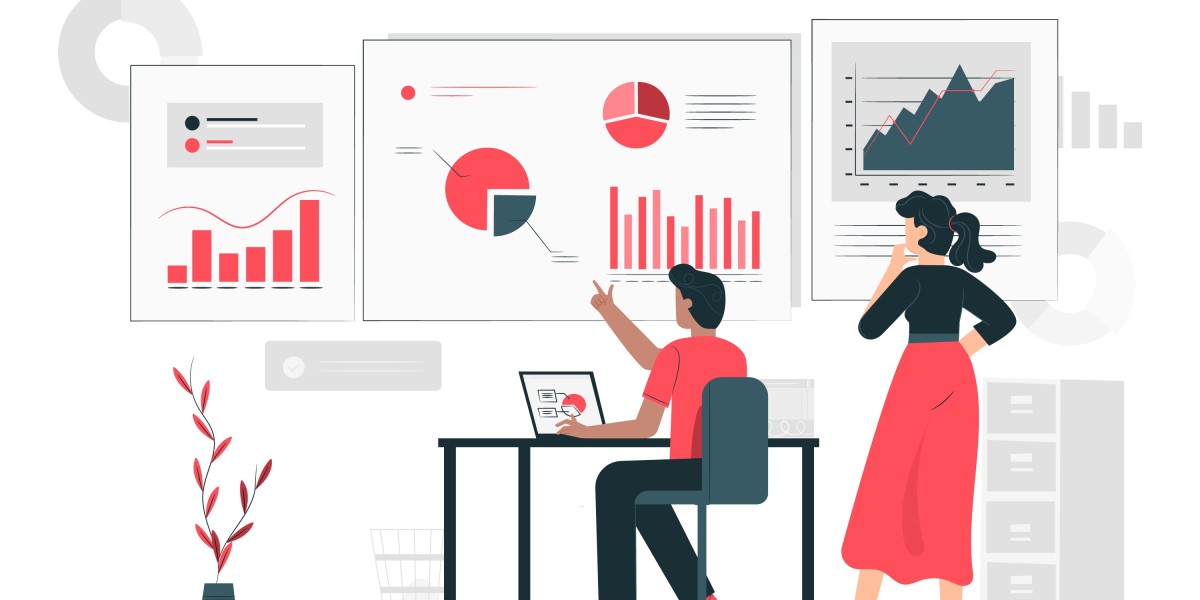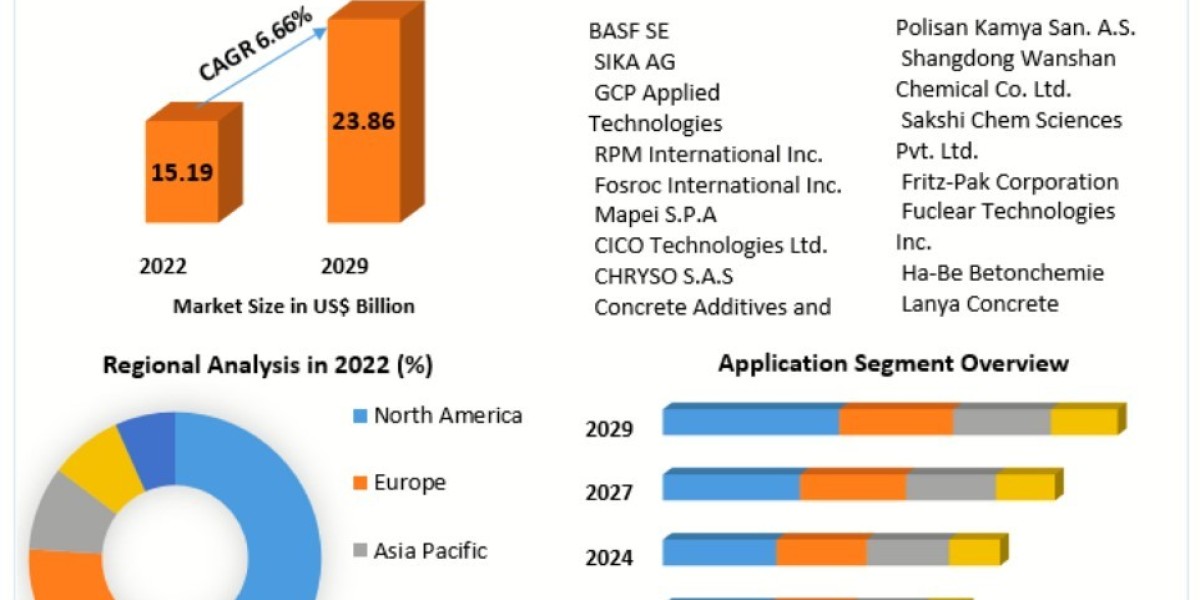Integrating sales forecasting with business intelligence analytics has become increasingly important, as it allows companies to leverage data-driven insights to enhance their forecasting accuracy and decision-making processes. This article delves into the key benefits of this integration, highlighting how businesses can gain a competitive edge by adopting advanced BI tools and methodologies.
Understanding Sales Forecasting and Business Intelligence
What is Sales Forecasting?
The process of estimating future sales and revenues under a period of time is considered as sales forecasting. The process mainly involves accounting of historical sales data with market trends and other factors to determine the sales performance of a brand. Accurate sales forecasting helps businesses plan inventory, allocate resources, set sales targets, and develop effective marketing strategies.
What is Business Intelligence (BI)?
Business intelligence (BI) refers to the technologies, applications, and practices used to collect, integrate, analyze, and present business information. BI tools and analytics enable organizations to make data-driven decisions by providing insights into various aspects of their operations. These tools include data visualization, reporting, dashboards, and advanced analytics capabilities.
Why Integrate Sales Forecasting with Business Intelligence?
Integrating sales forecasting with business intelligence analytics combines the strengths of both practices. BI analytics enhances the accuracy and reliability of sales forecasts by leveraging advanced data analysis techniques. This integration allows businesses to make more informed decisions, optimize their operations, and stay ahead of the competition.
Enhanced Accuracy and Precision
How Does BI Improve the Accuracy of Sales Forecasting?
One of the primary benefits of integrating BI with sales forecasting is the significant improvement in forecast accuracy. BI tools analyze historical data and identify patterns that may not be apparent through traditional forecasting methods. By considering a broader range of variables and using sophisticated algorithms, BI provides more accurate and reliable sales forecasts.
What Techniques in BI Help in Reducing Forecasting Errors?
Business intelligence analytics employs several techniques to minimize forecasting errors. Predictive analytics and machine learning algorithms can process large volumes of data and identify trends that influence sales performance. For example, regression analysis, time series analysis, and clustering techniques help in understanding the relationships between different variables and predicting future sales more accurately.
Data-Driven Decision Making
How Does Integrating Sales Forecasting with BI Enable Data-Driven Decisions?
Data-driven decision-making is essential in today’s business environment, where competition is fierce and customer preferences are constantly evolving. Integrating sales forecasting with BI analytics empowers businesses to make informed decisions based on real-time data and insights. This approach ensures that decisions are not based on intuition or guesswork but on solid data analysis.
What Role Does thouCentric Play in Enhancing Data-Driven Sales Forecasting?
thouCentric, a leader in business intelligence analytics, plays a crucial role in helping businesses enhance their sales forecasting capabilities. With expertise in BI tools and methodologies, thouCentric assists companies in implementing advanced analytics solutions that provide actionable insights. By leveraging thouCentric’s expertise, businesses can achieve greater accuracy in their sales forecasts and make more strategic decisions.
Improved Efficiency and Productivity
How Does BI Integration Enhance Efficiency in Sales Forecasting Processes?
Integrating BI tools into sales forecasting processes streamlines data collection, analysis, and reporting. Automated data processing reduces the time and effort required to gather and analyze data, allowing employees to focus on higher-value tasks. This increased efficiency leads to faster decision-making and more agile business operations.
What Are the Benefits of Streamlined Reporting and Analytics?
Streamlined reporting and analytics provide a clear and comprehensive view of sales performance. BI tools enable businesses to create interactive dashboards and reports that present data in an easily understandable format. These tools allow for real-time monitoring of key performance indicators (KPIs) and enable quick identification of trends and anomalies. As a result, businesses can respond promptly to changing market conditions and make data-driven adjustments to their strategies.
Better Market Insights and Trend Analysis
How Does BI Provide Better Market Insights for Sales Forecasting?
Business intelligence analytics offers deeper market insights by analyzing various data sources, including customer behavior, market trends, and competitor activities. BI tools consolidate this information and provide a holistic view of the market landscape. These insights help businesses understand their target audience better, identify emerging trends, and tailor their sales strategies accordingly.
What Are the Advantages of Real-Time Trend Analysis in Sales Forecasting?
Real-time trend analysis is a significant advantage of integrating BI with sales forecasting. BI tools continuously monitor and analyze data, providing up-to-date information on market trends and sales performance. This real-time analysis allows businesses to stay agile and responsive, making timely adjustments to their sales strategies to capitalize on opportunities and mitigate risks.
Enhanced Strategic Planning
How Does Integrating BI with Sales Forecasting Support Strategic Planning?
Accurate sales forecasts are essential for effective strategic planning. Integrating BI with sales forecasting provides businesses with reliable data and insights that support long-term planning and goal setting. By understanding future sales trends, companies can allocate resources more effectively, optimize their supply chain, and develop strategies to achieve their business objectives.
What Impact Does BI-Driven Sales Forecasting Have on Resource Allocation?
BI-driven sales forecasting significantly impacts resource allocation by providing detailed insights into future demand. Businesses can use these forecasts to plan inventory levels, manage workforce requirements, and allocate budgets more efficiently. This proactive approach ensures that resources are utilized optimally, reducing costs and enhancing overall operational efficiency.
Risk Management and Mitigation
How Does BI Integration Help in Identifying and Mitigating Risks in Sales Forecasting?
Risk management is a critical aspect of sales forecasting. Business intelligence analytics helps identify potential risks by analyzing historical data and predicting future trends. BI tools can highlight anomalies, detect patterns indicative of potential issues, and provide early warnings of risks. This proactive risk identification allows businesses to take preventive measures and mitigate the impact of unforeseen challenges.
What Are the Benefits of Early Risk Detection in Sales Forecasting?
Early risk detection is vital for maintaining business stability and continuity. By identifying risks early, businesses can develop contingency plans and respond swiftly to adverse events. BI-driven sales forecasting enables companies to anticipate market fluctuations, economic changes, and other external factors that could affect sales performance. This foresight helps businesses navigate uncertainties and maintain a competitive edge.
Conclusion
Integrating sales forecasting with business intelligence analytics offers numerous benefits, including enhanced accuracy, data-driven decision-making, improved efficiency, better market insights, strategic planning, and risk management. By leveraging advanced BI tools and methodologies, businesses can achieve more reliable sales forecasts and make informed decisions that drive growth and success.
To begin integrating sales forecasting with BI, businesses should:
- Assess Needs: Identify specific business requirements and goals.
- Choose the Right BI Tool: Select a BI tool that aligns with business needs and budget.
- Implement and Integrate: Ensure seamless integration with existing systems and data sources.
- Training and Support: Provide adequate training for employees and ensure access to support resources.
Partnering with experts like thouCentric can significantly enhance the integration process. With their expertise in BI and sales forecasting, thouCentric can help businesses implement advanced analytics solutions that deliver actionable insights and drive strategic decision-making.
By integrating sales forecasting with business intelligence analytics, businesses can unlock the full potential of their data, improve their forecasting accuracy, and achieve long-term success in a competitive market landscape.
Transform Your Business with thouCentric! Discover innovative solutions and strategic insights. Visit Us: https://thouCentric.com/
Source :https://diigo.com/0x0b96








